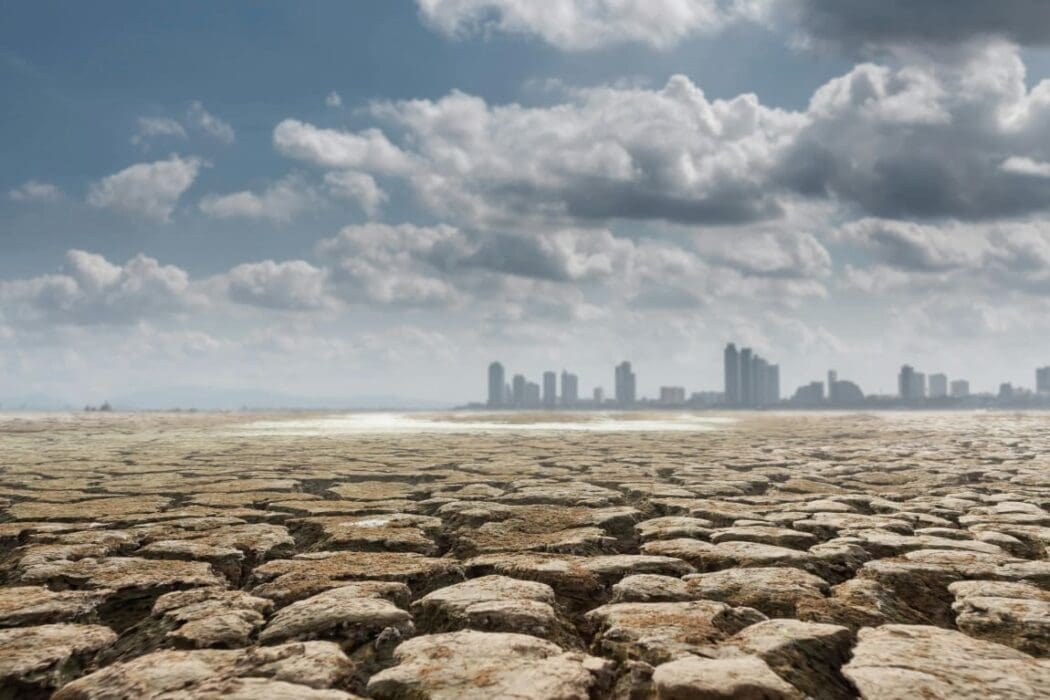Summary:
A 4°C rise in global temperatures could cut world GDP by about 40% by 2100, according to new projections from the UNSW Institute for Climate Risk & Response (ICRR). This estimate is a stark revision from previous models that suggested only an 11% decline.
The research, published in Environmental Research Letters, refines traditional economic models by incorporating the cascading effects of global supply chain disruptions, which have been largely overlooked in past assessments. Lead researcher Dr. Timothy Neal explains that existing models have underestimated climate damages by failing to account for the interconnected nature of modern economies. The findings highlight the economic imperative of limiting warming to 1.7°C, aligning with more aggressive decarbonization targets like the Paris Agreement.
Dr. Neal warns that no country is immune, as supply chain dependencies mean even colder nations such as Canada and Russia will face significant economic harm. While the study does not yet account for climate adaptation measures such as migration, it emphasizes the need for proactive climate policies to mitigate severe financial consequences.

New UNSW research reveals dramatically higher loss of GDP under 4°C warming
The recently-published analysis fixes an oversight in the current economic model underpinning global climate policy, toppling previous carbon benchmarks.
The results support limiting global warming to 1.7 °C, which is in line with significantly faster decarbonisation goals like the Paris Agreement, and far lower than the 2.7°C supported under previous models.
Accounting for an interconnected world
Lead researcher Dr Timothy Neal, a Scientia Senior Lecturer in the School of Economics and also the ICRR, says his analysis uses traditional economic frameworks that weigh immediate transition costs against long term climate damages, but refine a key input.
“Economists have traditionally looked at historical data comparing weather events to economic growth to cost climate damages,” he says.
What they fail to account for, he says, are interruptions to the global supply chains currently buffering economic shocks.
“In a hotter future, we can expect cascading supply chain disruptions triggered by extreme weather events worldwide.”
Dr Neal says the economic case for stronger climate change actions is clear.
“Because these damages haven’t been taken into account, prior economic models have inadvertently concluded that even severe climate change wasn’t a big problem for the economy – and it’s had profound implications for climate policy.”
The local-only damage models have been used in the economic forecasting that has shaped the major powers’ climate policies and played a crucial role in international agreements.
No nation immune to climate change harm
Dr. Neal says the updated projection should underscore to all nations that they are vulnerable to climate change.
“There’s an assumption that some colder countries, like Russia or Canada, will benefit from climate change, but supply chain dependencies mean no country is immune.”
But, Dr. Neal says, there’s still work to be done. His research doesn’t account for climate adaptation, like human migration, which is politically and logistically complex and not yet fully modelled.
“We continue learning from how we see climate change impacting our economy right now, from rising food prices to insurance costs, and we need to be responsive to new information if we’re going to act in our best interest.”
Journal Reference:
Timothy Neal, Ben R Newell and Andy Pitman, ‘Reconsidering the macroeconomic damage of severe warming’, Environmental Research Letters 20, 4, 044029 (2025). DOI: 10.1088/1748-9326/adbd58
Article Source:
Press Release/Material by University of New South Wales
Featured image credit: Kritsada Seekham | Pexels




